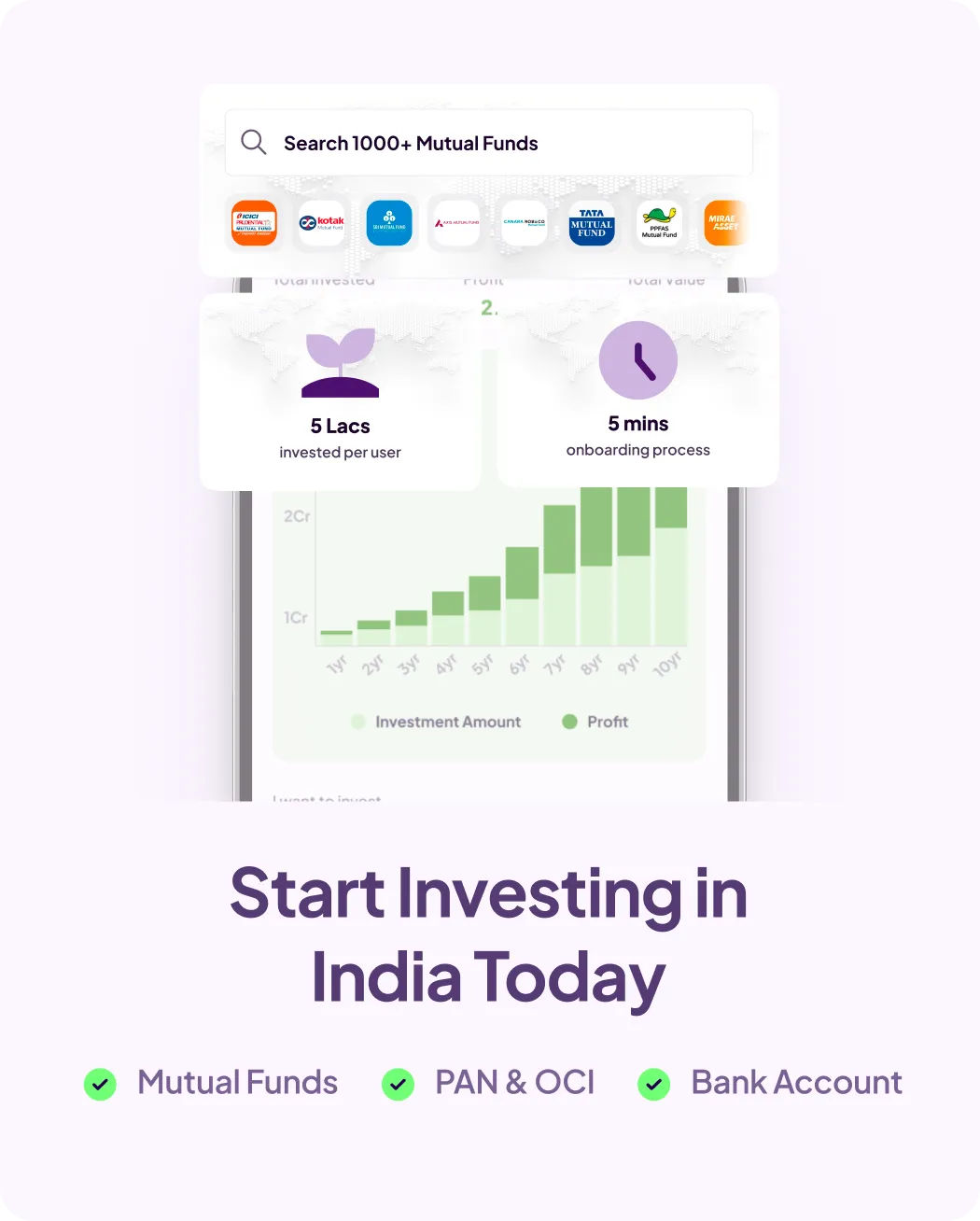H-1B Visa for NRIs: Eligibility, Process, and Key Insights
Are you an NRI seeking career opportunities in the United States? The H-1B visa remains one of the most popular pathways for skilled professionals, with high demand and significant representation from Indian-born applicants. For context, Indians accounted for nearly 70% of all H-1B visas approved in recent years, and most H-1B roles are in technology and computer-related occupations.
The H-1B is a temporary, employment-based visa for specialty occupations. It allows American companies to hire global talent while offering foreign professionals access to the US job market. However, due to a strict annual cap and lottery system, the process is competitive. The system currently allots 65,000 regular visas annually, plus an additional 20,000 for US advanced degree holders.
This guide outlines H-1B eligibility, documents required, the step-by-step application process, and practical insights to navigate your US career journey as an NRI.
What is the H-1B Visa?
The H-1B visa is a non-immigrant work visa for foreign professionals in "specialty occupations",positions that require highly specialized knowledge and at least a bachelor’s degree or equivalent. Typical fields include IT, engineering, science, finance, law, medicine, and architecture.
Key features:
- Initial validity: Up to 3 years, extendable up to 6 years (with possible exceptions for green card applicants).
- Dual intent: You can apply for US permanent residency (green card) while on an H-1B.
- Employer-sponsored: A US employer must file for your H-1B and secure a certified Labor Condition Application (LCA) to show you’ll be paid prevailing wages and US workers’ interests are protected.
Annual application numbers far exceed the cap, so selection is mostly determined through a computerized lottery. In 2024, the US government implemented a “beneficiary-centric” registration system (meaning individuals rather than solely employers are tracked for selection), increasing transparency and reducing multiple entries.
Eligibility Criteria for NRIs
To be eligible, you must:
- Have an offer from a US employer for a specialty occupation requiring at least a bachelor’s degree in a specific field.
- Possess either:
- A US bachelor’s (or higher) degree in your specialty.
- A foreign degree equivalent to a US bachelor’s or higher (credential evaluation required).
- An unrestricted state license or certification (if relevant).
- Proof of education and progressively responsible experience equivalent to a degree.
- A US bachelor’s (or higher) degree in your specialty.
Employers must also undertake labor condition filings (LCA) and confirm they can pay at least the prevailing industry wage for the role.
Documents Required for H-1B Visa
Both the applicant and employer must submit documentation. Organize:
- Personal identification: Valid passport (with validity extending at least 6 months beyond intended stay).
- Education: Degree certificates, university transcripts, credential evaluations (for foreign degrees).
- Employment records: CV, work experience letters, job offer letter, employer support letter.
- Employer’s documents: Company profile, job description, LCA approval.
- Forms: I-129 (Petition for Nonimmigrant Worker), G-28 (if attorney used), and I-907 (if using premium processing).
Document requirements may update periodically; always check current USCIS guidelines.
H-1B Application Process for NRIs
The H-1B process follows a fixed timeline each fiscal year:
- Electronic Registration/Lottery: In March, employers register prospective H-1B candidates online during the designated window. If selected in the lottery, employers proceed with the next step.
- Labor Condition Application (LCA): Employer files and secures a certified LCA from the Department of Labor.
- H-1B Petition to USCIS: Employer files Form I-129 along with supporting documents, no earlier than six months before the intended employment date.
- Processing:
- Standard H-1B processing usually takes 3–6 months; delays may occur.
- Optional premium processing (currently $2,805) offers a 15-business-day decision.
- Standard H-1B processing usually takes 3–6 months; delays may occur.
- Consular Processing/Visa Stamping: For applicants outside the US, attend a visa interview at a US consulate, provide supporting documents, and get the visa stamped for entry.
Advance planning is vital; begin document preparation well before the registration period. Errors or incomplete submissions commonly cause delays.
Key Insights for NRIs
- Demand is high: Indian professionals receive a large share of H-1B selections, especially in software and STEM fields.
- Lottery odds: Due to oversubscription, selection is not guaranteed—apply early and consider backup plans.
- Stay updated: H-1B program rules evolve; always consult current year USCIS policies.
- Long-term options: The H-1B’s “dual intent” supports transition to a green card, a major draw for those considering permanent US residence.
Conclusion
Pursuing an H-1B visa can unlock valuable professional opportunities for NRIs in the US. While the application is competitive and procedural, understanding eligibility rules, maintaining organized documentation, and planning ahead can help maximize your chances.
Before applying, assess your qualifications, review employer credibility, and consider legal counsel for personalized guidance. With advance preparation and factual awareness, many NRIs successfully obtain the H-1B each year.
Frequently Asked Questions
Q1. What are the basic eligibility requirements for an H-1B visa?
A specialty occupation job offer, at least a bachelor’s (or equivalent) in the relevant field, and an employer willing to file a Labor Condition Application on your behalf are required.
Q2. How long can I stay in the US on an H-1B visa?
Up to 3 years initially, extendable up to a total of 6 years. Extensions may be possible beyond 6 years if you have started the green card process.
Q3. What is the H-1B application process like?
Employer registers you in March, LCA is filed and approved, I-129 petition is submitted, then either premium or regular processing and, if outside the US, consular visa stamping before entry.
Q4. Can I apply for permanent residency while on an H-1B visa?
Yes. H-1B is a “dual intent” visa; you can pursue a green card while maintaining H-1B status.
Q5. What documents are required for an H-1B visa application?
A valid passport, educational and work documents, employer’s support documents, certified LCA, and completed forms such as I-129. Always verify the latest requirements on the USCIS website.




